Rose selection for a conservatory?
loneroc1
9 years ago
Related Stories
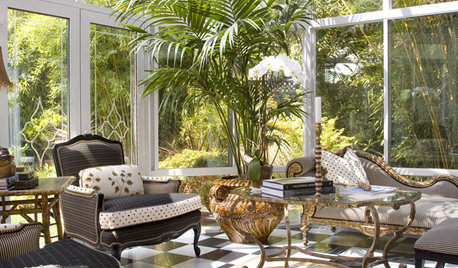
DECORATING GUIDESGo for a Greenhouse Effect With an Exotic Conservatory
Cultivate a rarified hothouse feel with or without all-glass walls; these inspiration photos and product picks show you how
Full Story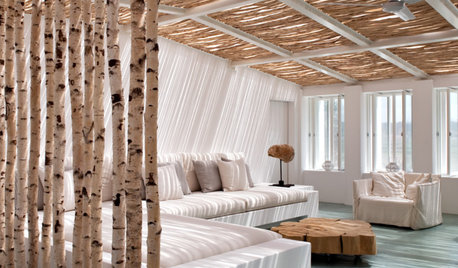
GREEN BUILDINGHealthy Home: Sunrooms and Conservatories
Discover how bringing in natural light can give your life a healthy glow
Full Story
SHOP HOUZZShop Houzz: In the Pink With Pantone’s Rose Quartz
Get tickled pink with one of Pantone’s Colors of the Year for 2016
Full Story
PLANTING IDEASGreat Garden Combo: Rose + Clematis for Small-Space Impact
We all need somebody to lean on. And when a rose supports a climbing vine, the results can totally transform a small garden
Full Story
GARDENING GUIDESWhat Kind of Roses Should You Grow?
Want to add the beauty of roses to your garden? Find out which ones, from old-fashioned to modern, are right for you
Full Story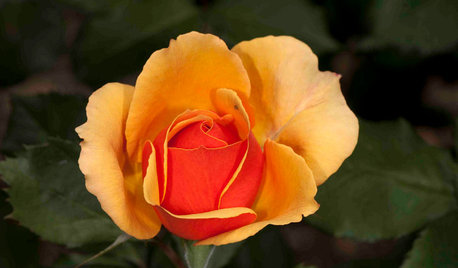
SPRING GARDENING5 Exotic Rose Colors for a Beautifully Different Garden
Give red a rest. Let these daring hues take the spotlight instead for a rose garden that turns heads
Full Story
GARDENING GUIDES6 Captivating Roses for an Alluringly Fragrant Garden
Perfume your garden with aromas from richly spicy to lightly sweet, without sacrificing an inch of color
Full Story
GARDENING GUIDESSouthwest Gardener's April Checklist
Welcome the return of roses and herbs, and consider a new use for vines as you rejoice in your newly green spring garden
Full Story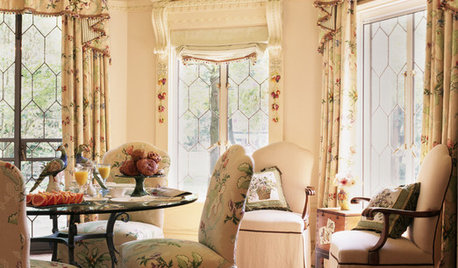
DECORATING STYLES18 Ways to Bring English Country Charm Home
From topiaries and climbing roses to toile and tea, these design ideas can skew cozy casual or manor formal
Full Story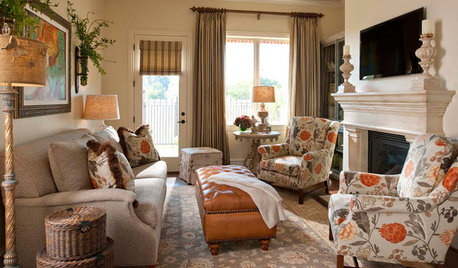
DECORATING GUIDESWhat Goes With Floral Upholstery?
How to decorate around floral-print furniture so that everything comes up roses
Full Story





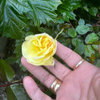

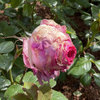
jacqueline9CA
amberroses
Related Professionals
Edmond Landscape Architects & Landscape Designers · Wrentham Landscape Architects & Landscape Designers · Beachwood Landscape Architects & Landscape Designers · Elwood Landscape Architects & Landscape Designers · Kenmore Landscape Architects & Landscape Designers · Otsego Landscape Architects & Landscape Designers · Hartford Landscape Contractors · Cerritos Landscape Contractors · Danvers Landscape Contractors · Hurricane Landscape Contractors · Mesa Landscape Contractors · Mission Landscape Contractors · Norwalk Landscape Contractors · Oxnard Landscape Contractors · Hawaiian Gardens Landscape ContractorsAquaEyes 7a NJ
hoovb zone 9 sunset 23
loneroc1Original Author
cottonwood468
loneroc1Original Author
seil zone 6b MI
iris_gal
wirosarian_z4b_WI
AquaEyes 7a NJ
AquaEyes 7a NJ
jjpeace (zone 5b Canada)
Marlorena
mad_gallica (z5 Eastern NY)
mariannese
Embothrium
loneroc1Original Author
AquaEyes 7a NJ
loneroc1Original Author
amandahugg
AquaEyes 7a NJ